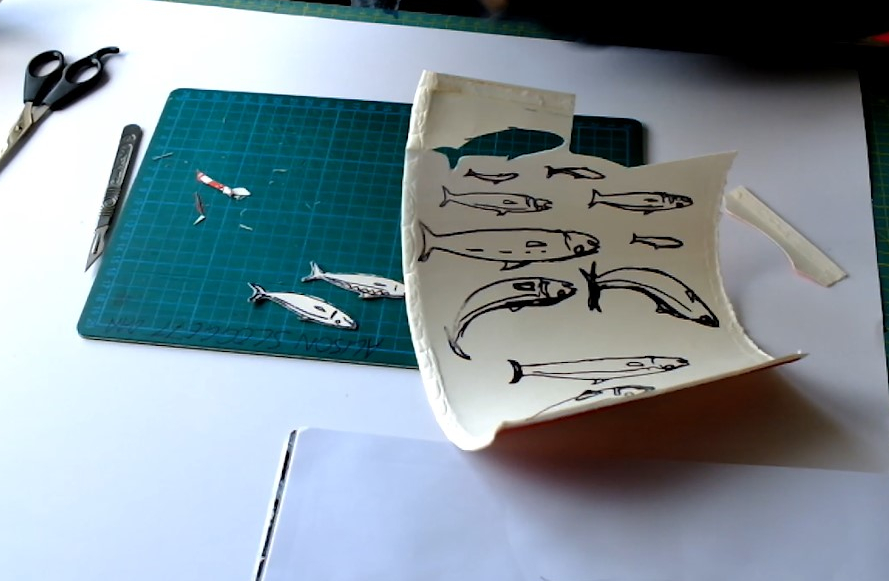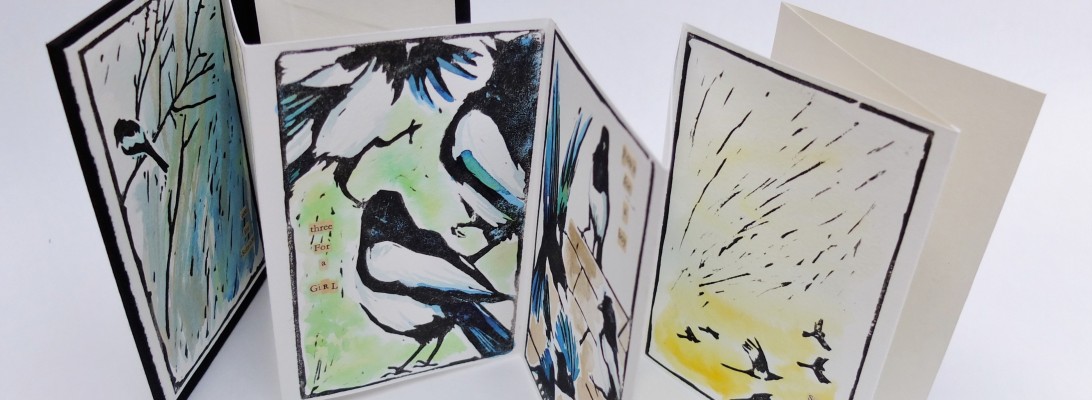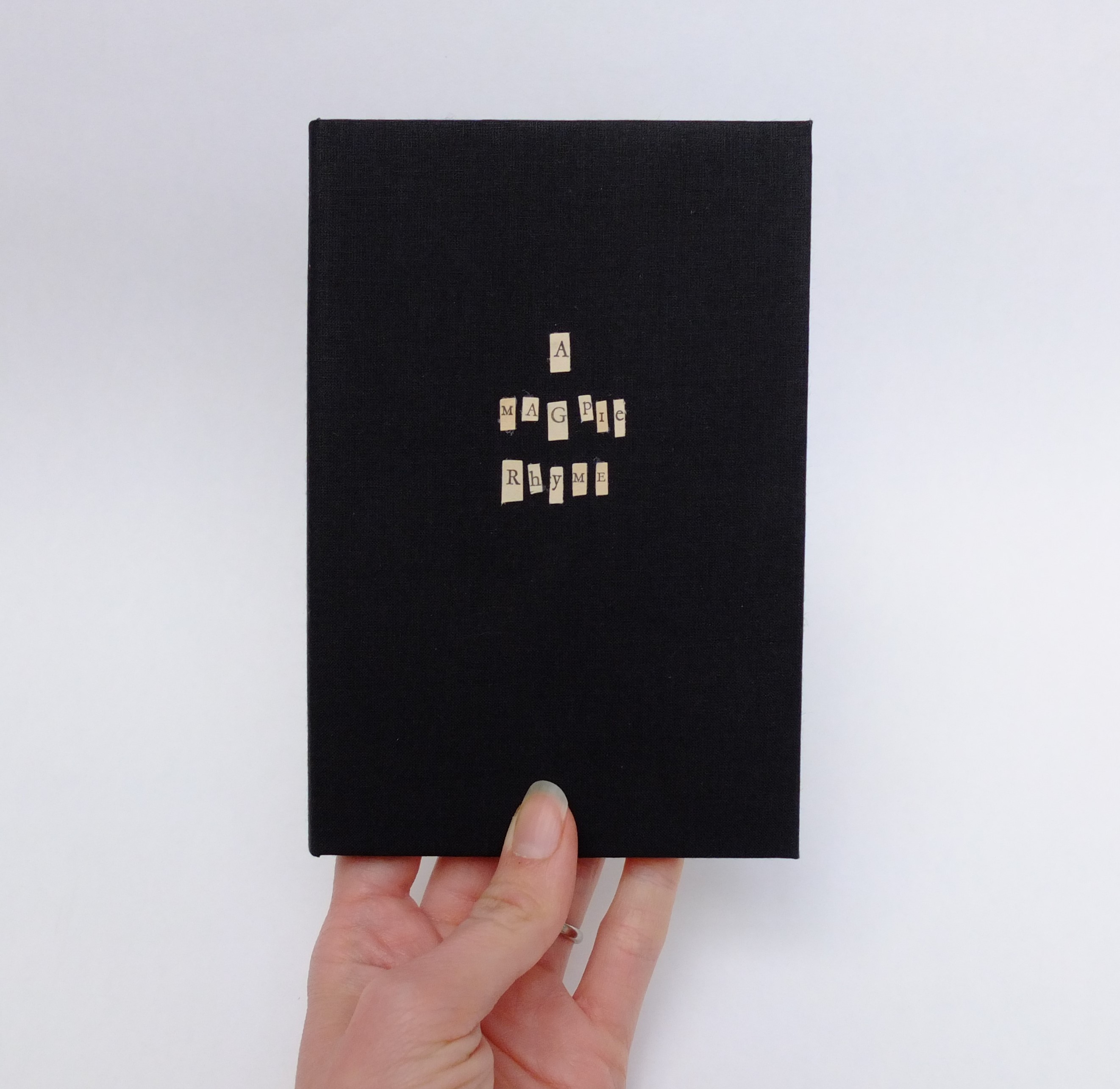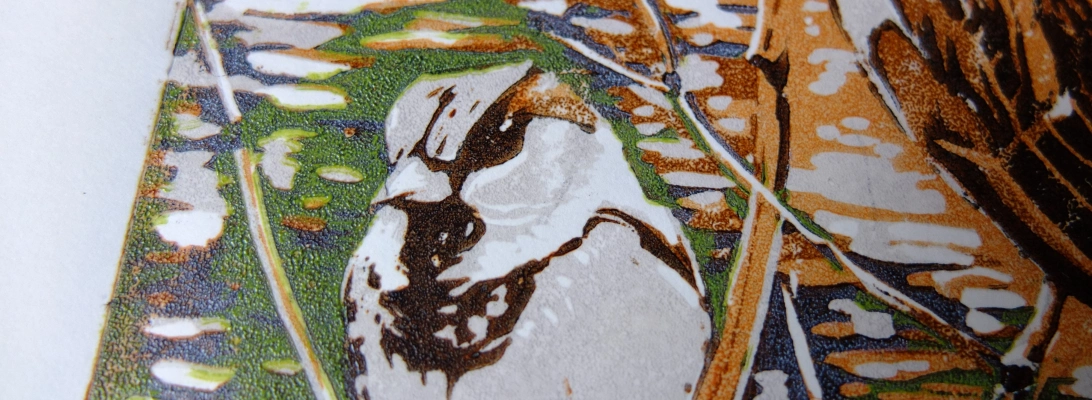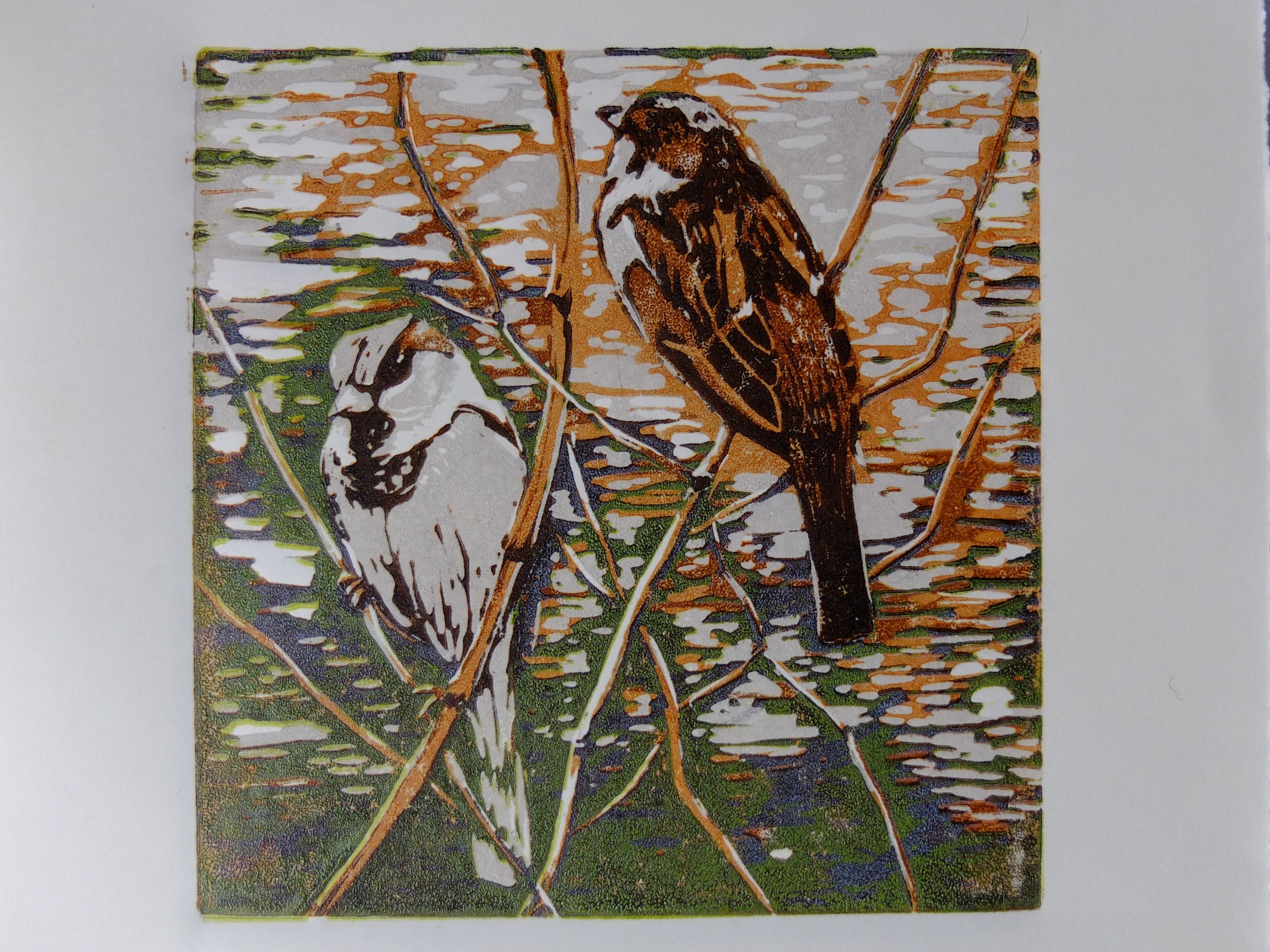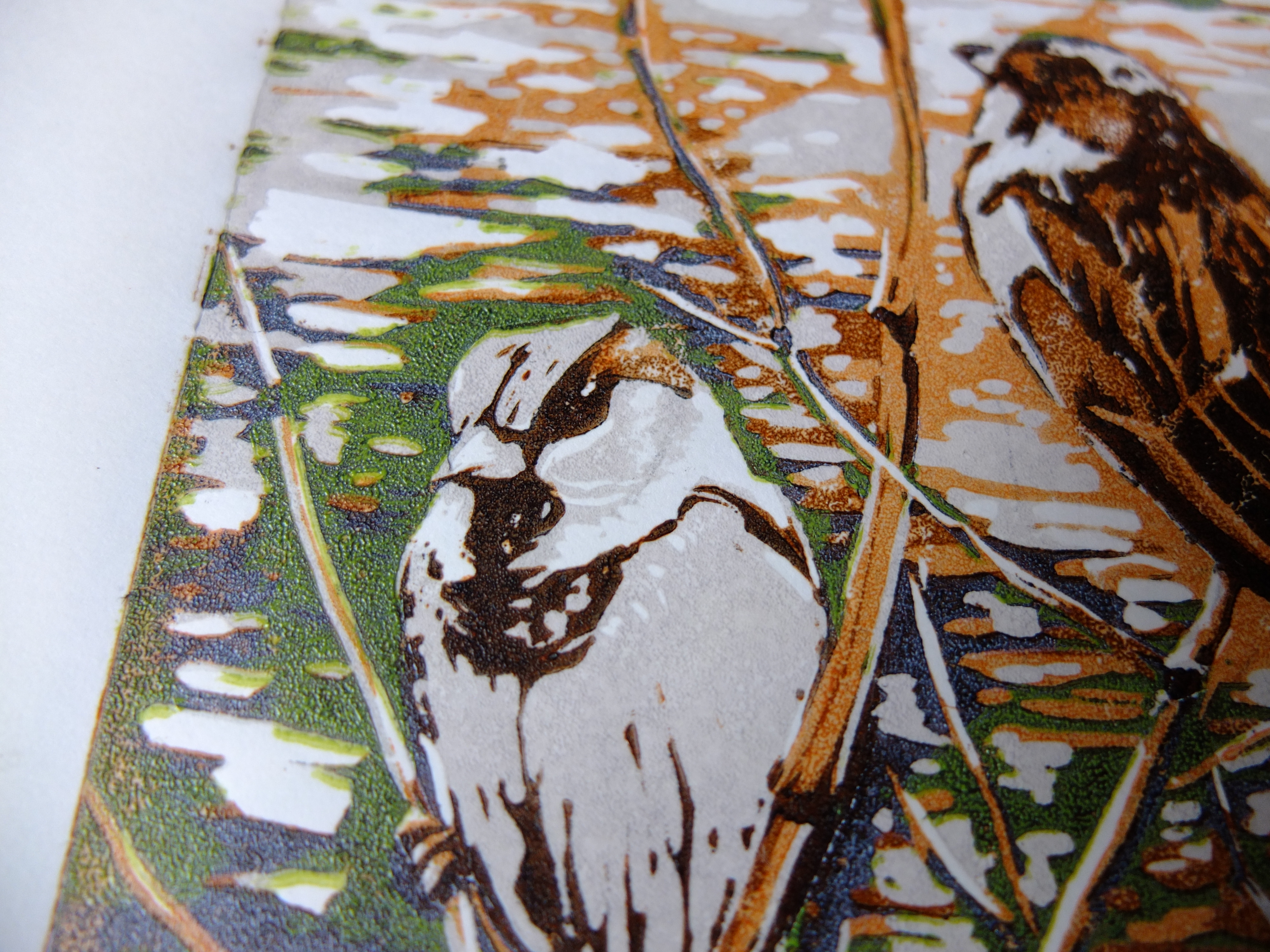
Only a mere 3 years since I have last added something to this site(!) Woops. But I have good reason, I have had a baby and now a toddler , who is keeping me busy.
Time is precious, precious time spent with him is not wasted , but it means time for making things and being creative for personal things is in short supply. My focus has shifted away slightly from printmaking more towards bookbinding/ bookmaking as these are easier to pick and put down quickly.
So there is not many new prints to show you but lots of books!

These are some pics of my ready made mini concertinas. which are a palm sized 8 x 6 cm .
These are fun to do as they each are unique as I use paper marbling scraps or misprints or just decorative paper I find in my drawers.

The big thing I am doing this year in terms of my personal work is taking part in Cheltenham Open studios.
https://cheltenhamopenstudios.org.uk/
Since a few weeks before having my baby we built a log cabin studio in the garden, which is my workspace.

This is what I will be opening up to the public to come and have a look around, perhaps pick up some bargains direct from me and have a look at what I do. I also hope to have some equipment set up so visitors could have a go at printing as well!
Any way just wanted to update any passers by to this website about what’s going on around here.
Thanks
















